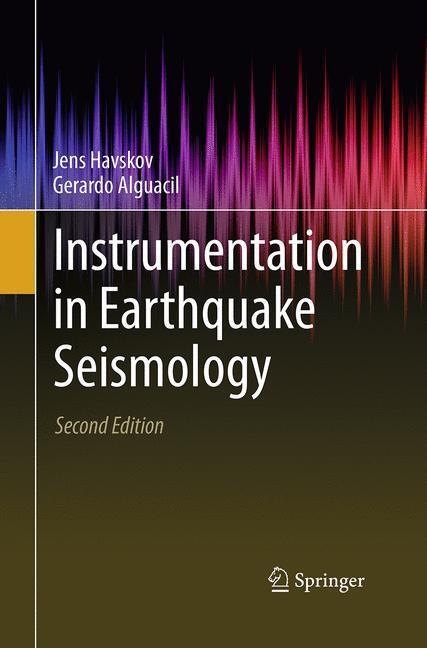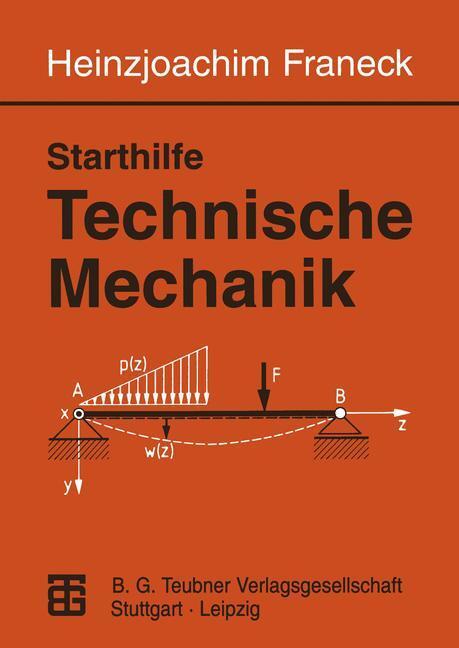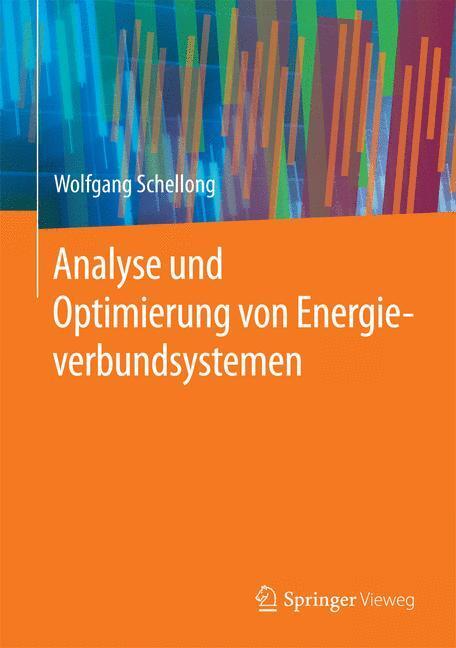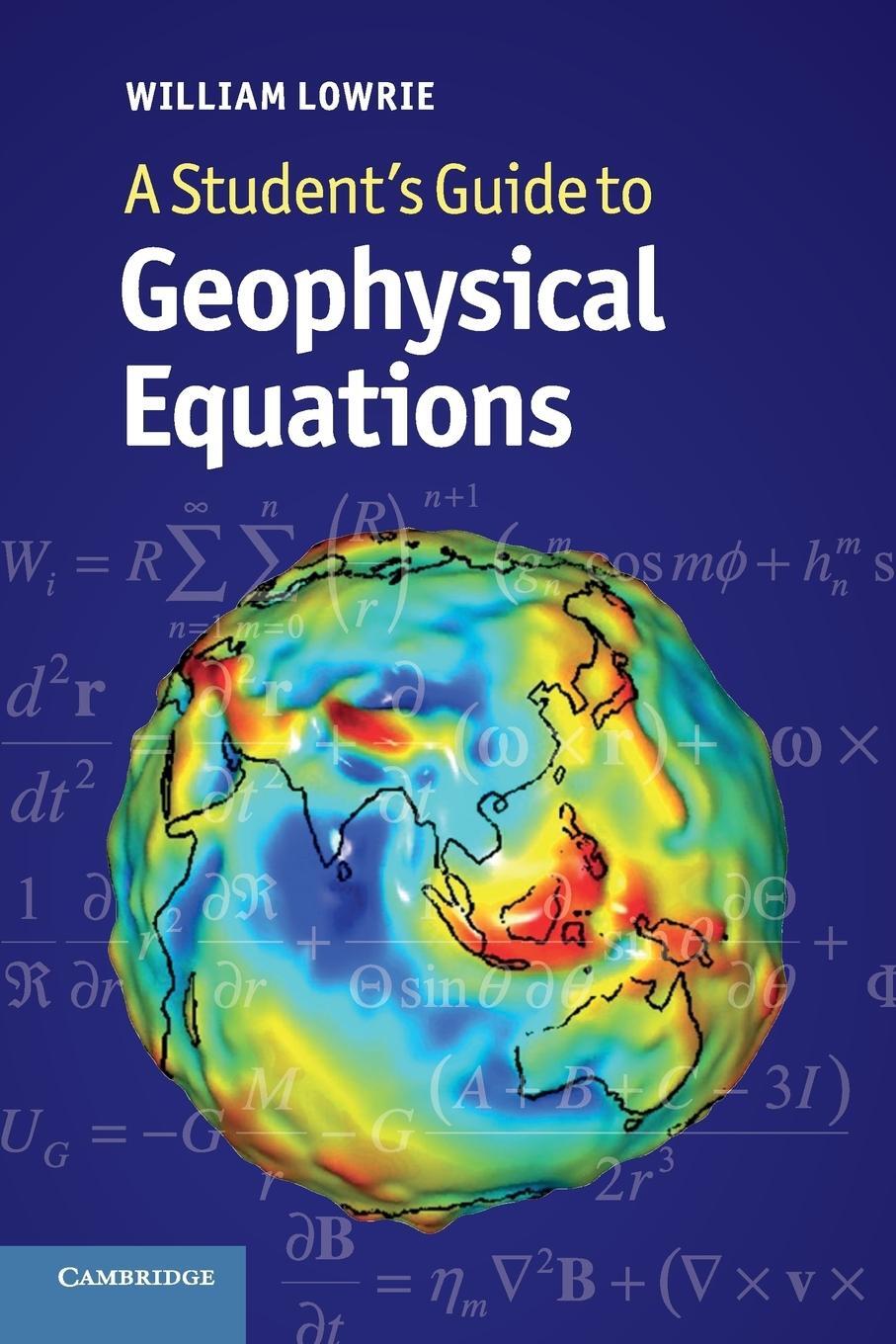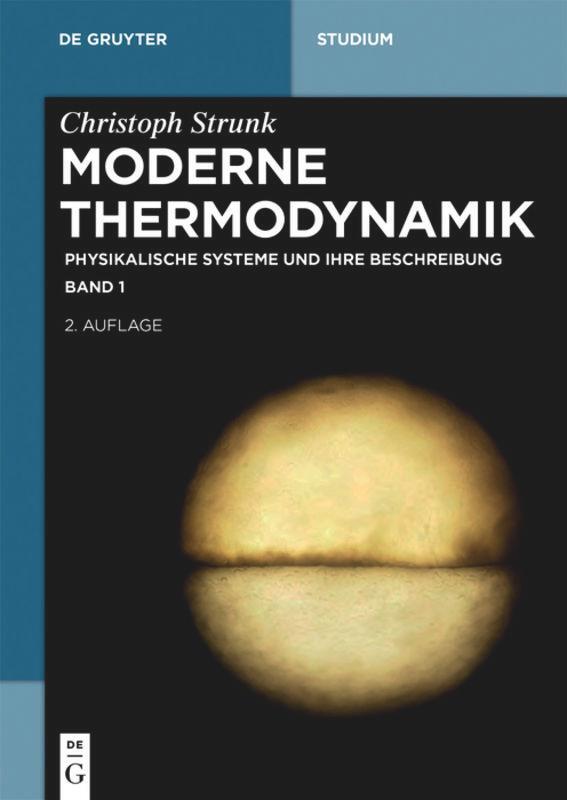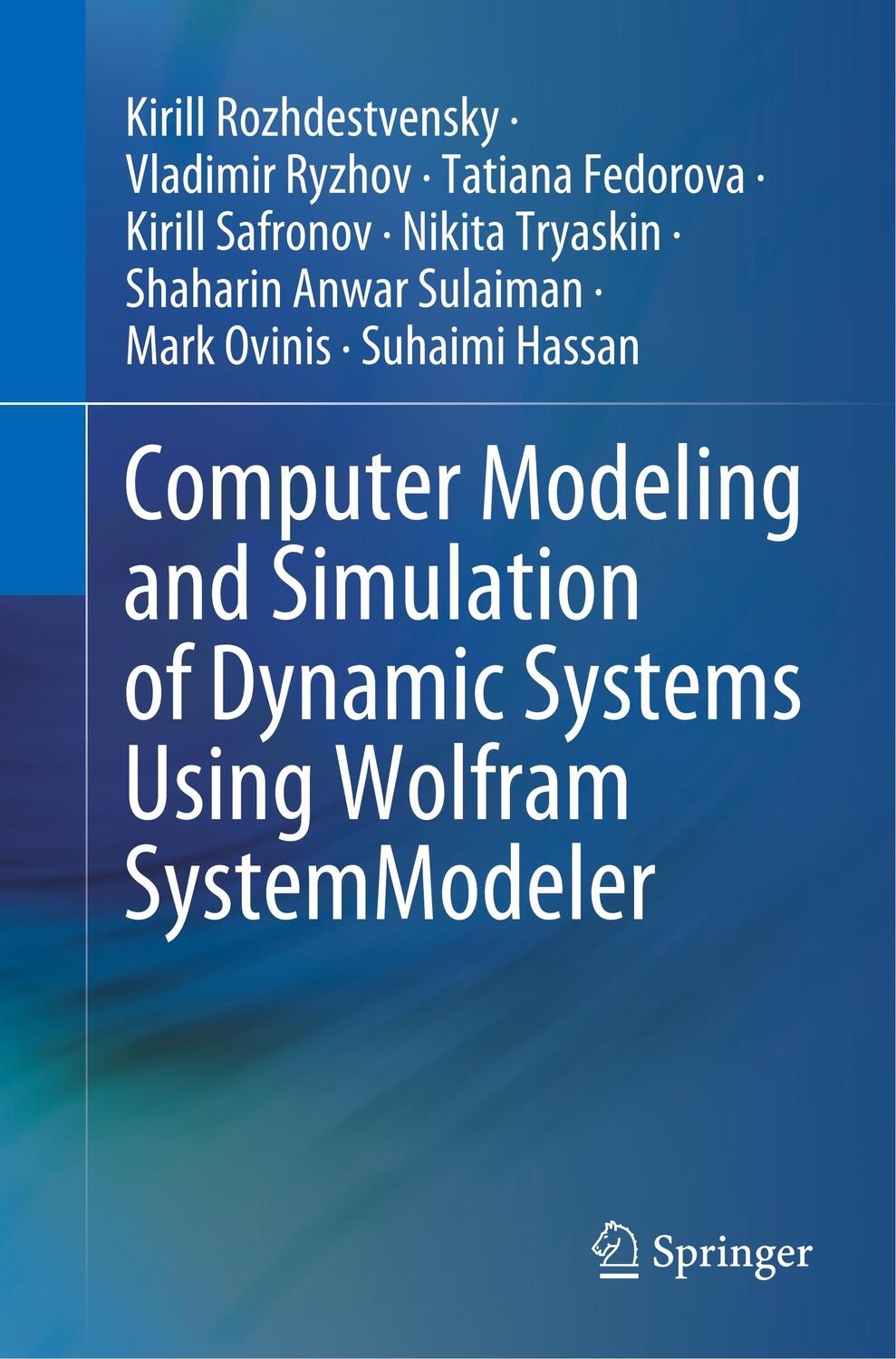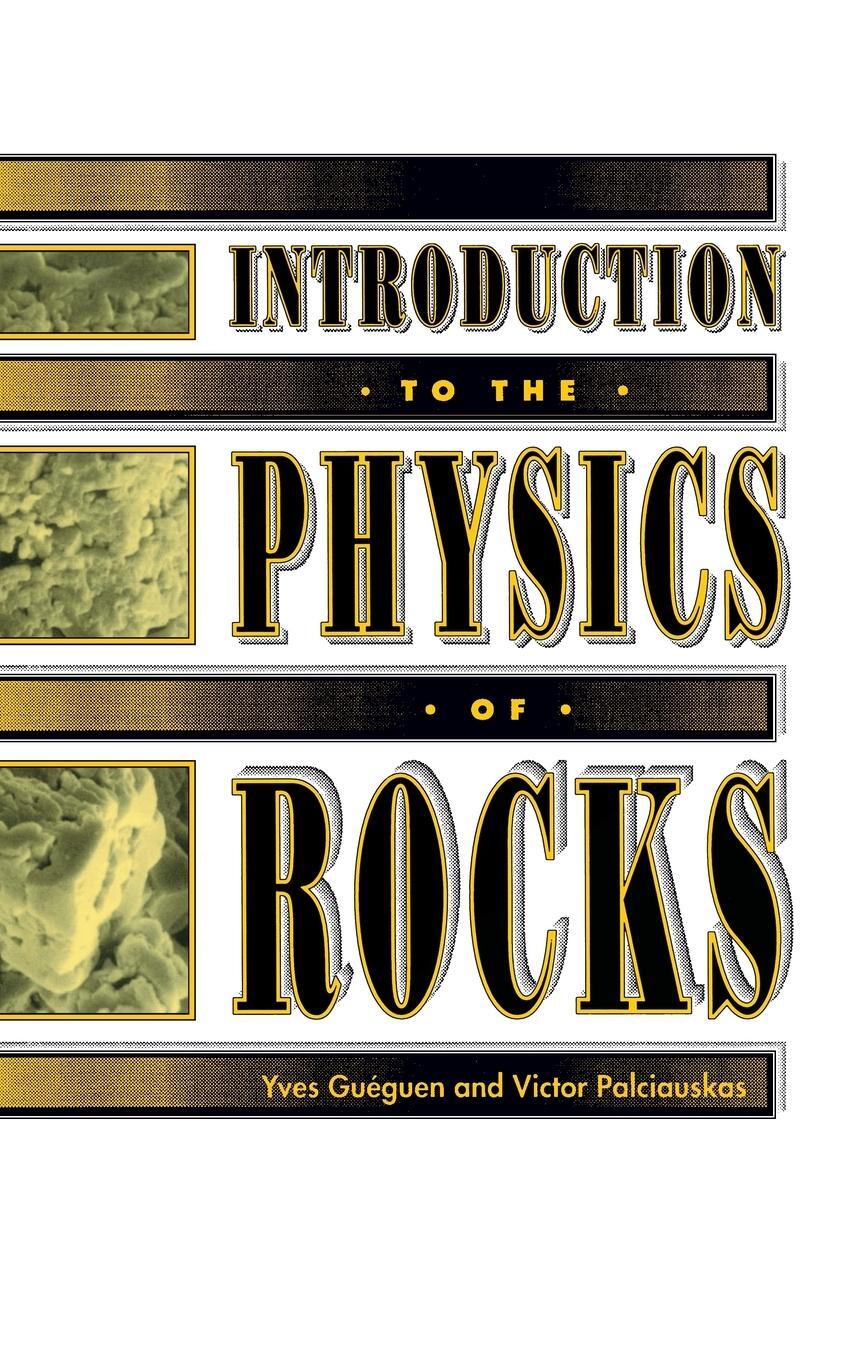87,30 €*
Versandkostenfrei per Post / DHL
Lieferzeit 4-7 Werktage
¿ Choosing and installing equipment for seismic stations
¿ Designing and setting up seismic networks and arrays
¿ Maintaining and calibrating seismic instruments
It also provides detailed descriptions of the following:
¿ Seismic sensors
¿ Digitizers
¿ Seismic recorders
¿ Communication systems
¿ Software used for seismic station and networks
In this second edition, new seismic equipment is presented and more comprehensive sections on topics like MEMS accelerometers, sigma-delta AD converters, dynamic range discussion and virtual networks have been included.
This book is primarily intended for seismologists, engineers and technicians working with seismological instruments. It combines practical ¿know-how¿ with sufficient theory to explain the basic principles, making it also suitable for teaching students the most important aspects of seismic instrumentation.
The book also gives a current overview of the majority of instruments and instrument manufacturers on the market, making it easy to compare the capability of instruments from different sources.
SEISAN software was used for several examples in the book. This widely extended seismic analysis software is freely available from the University of Bergen website.
The content of this book draws on the authors¿ (a seismologist and a physicist) combined experience of working in this field for more than 35 years.
¿ Choosing and installing equipment for seismic stations
¿ Designing and setting up seismic networks and arrays
¿ Maintaining and calibrating seismic instruments
It also provides detailed descriptions of the following:
¿ Seismic sensors
¿ Digitizers
¿ Seismic recorders
¿ Communication systems
¿ Software used for seismic station and networks
In this second edition, new seismic equipment is presented and more comprehensive sections on topics like MEMS accelerometers, sigma-delta AD converters, dynamic range discussion and virtual networks have been included.
This book is primarily intended for seismologists, engineers and technicians working with seismological instruments. It combines practical ¿know-how¿ with sufficient theory to explain the basic principles, making it also suitable for teaching students the most important aspects of seismic instrumentation.
The book also gives a current overview of the majority of instruments and instrument manufacturers on the market, making it easy to compare the capability of instruments from different sources.
SEISAN software was used for several examples in the book. This widely extended seismic analysis software is freely available from the University of Bergen website.
The content of this book draws on the authors¿ (a seismologist and a physicist) combined experience of working in this field for more than 35 years.
Gerardo Alguacil is researcher in the Institute of Geophysics at the University of Granada.
First comprehensive book, as second edition covering all aspects of instrumentation in earthquake seismology
First general users' manual in the field available as a second edition
Deals primarily with seismic sensors, their response functions and how to calibrate and optimize the instruments
CHAPTER 1 Introduction
1.1 Sensor
1.2 Recorder
1.3 Stations and networks
1.4 Arrays
1.5 Instrument correction and calibration
CHAPTER 2 Seismic sensors
2.1 The standard inertia seismometer
2.2 Seismometer frequency response
2.3 Seismometer frequency response, alternative solution
2.4 The velocity transducer
2.4.1 Electromagnetic damping
2.4.2 Polarity convention
2.5 Instrument response curves, different representation
2.6 Sensor response to transient signals
2.7 Damping constant
2.8 Construction of seismic sensors
2.8.1 The Wood Anderson short period torsion sensor
2.8.2 Long period sensors
2.8.3 Garden-gate
2.8.4 Inverted pendulum
2.8.5 LaCoste
2.8.6 Rotational seismometer
2.9 Sensor calibration coil
2.10 Active sensors
2.11 Accelerometers
2.12 Velocity broadband sensors
2.13 Extending the frequency response, inverse filtering and feed back
2.14 Theoretical aspects of active sensors
2.14.1 General response of a feedback system
2.14.2 The basic Force-Balanced Accelerometer
2.14.3 Broadband feedback seismometers
2.14.4 Servo velocity sensors
2.14.5 Other feedback techniques
2.15 Sensor self noise
2.16 Noise in passive sensors coupled to amplifiers, theoretical aspects
2.17 Some new trends in seismic sensors
2.17.1 Seismometers with electrochemical transducers
2.17.2 Micromachined accelerometers and seismometers
2.17.3 Piezoelectric sensors
2.18 Sensor parameters
2.18.1 Frequency response
2.18.2 Sensitivity
2.18.3 Sensor dynamic range
2.18.4 Sensor linearity
2.18.5 Sensor cross axis sensitivity
2.18.6 Sensor gain and output
2.18.7 Sensor adjustments
2.19 Examples of sensors
2.19.1 Exploration type 4.5 Hz geophone
2.19.2 Short period sensorS
2.19.3 Accelerometer, the Kinemetrics Episensor
2.19.4 Broadband sensors
2.19.5 Negative feedback sensors, Lennartz LE-3D
2.19.6 Borehole sensors
2.20 Summary of sensor specifications
2.21 Which sensor to choose
CHAPTER 3 Seismic noise
3.1 Observation of noise
3.2 Noise spectra
3.3 Relating power spectra to amplitude measurements
3.4 Origin of seismic noise
CHAPTER 4 Analog to digital converter
4.1 Example of a simple analog to digital converter, the Flash ADC
4.2 Basic ADC properties
4.3 A typical ADC, the ramp ADC
4.4 Multi channel ADC
4.5 Digitizers for a higher dynamic range
4.6 Oversampling for improvement of the dynamic range
4.7 Sigma Delta ADC, SDADC
4.7.1 How sigma-delta improves digitization noise: theory
4.8 Aliasing
4.9 Anti alias filters
4.10 Dynamic range, different definitions
4.11 Examples of digitizers
CHAPTER 5 Seismic Recorders
5.1 Analog amplifier
5.1.1 Differential input-output
5.2 Analog filters
5.2.1 Amplifier specifications and noise
5.3 Analog recording
5.4 Introduction to digital recorders
5.5 Digitizing
5.6 Time stamping of data
5.7 Storage media and recording in a ring buffer
5.7.1 The SEED format
5.7.2 Ring buffer
5.7.3 Naming seismic channels
5.8 Seismic triggers
5.9 Summary of trigger parameters and their settings
5.10 Communication and data retrieval
5.11 Public domain data acquisition systems
5.12 Seismic recorders in use
5.14 Examples of recorders
5.15 Which recorder to choose
CHAPTER 6
Correction for instrument response
6.1 Linear systems
6.2 Spectral analysis and the Fourier transform
6.3 Noise power spectrum
6.4 General instrument correction in frequency and time domain
6.5 General representation of the frequency response function
6.6 Anti alias filters
6.7 Instrument correction and polarity
6.8 Combining response curves
6.9 Common ways of giving response information
6.9.1 GSE
6.9.2 SEED
6.9.3 SAC
6.9.4 SEISAN
6.9.5 How to make and maintain response files
CHAPTER 7 Seismic stations
7.1 Geographical location of a seismic station
7.2 Site selection and seismic noise survey
7.3 Installation of the seismic station
7.4 Sensor installation
7.4.1 Broadband sensor installation
7.4.2 Borehole installations
7.4.3 What is a good VLP station
7.5 Temporary installation of seismic stations
7.6 Lightning and over-voltage protection
7.7 Power
7.7.1 Stations running off the main AC supply
7.7.2 Batteries
7.8 Power sources
7.8.1 Solar cells
7.8.2 Wind generators
7.8.3 Fuel cells
CHAPTER 8 Seismic networks
8.1 Purpose of seismic networks
8.2 Network geometry
8.3 Network configuration: Physical and virtual networks
8.4 Physical network with fixed transmission links
8.4.1 Communication standards
8.5 Virtual seismic networks
8.6 Offline virtual seismic networks
8.7 Seismic data transmission
8.8 Analog data transmission
8.9 Radio links
8.9.1 Simplex-duplex
8.9.2 Point to point or point to multi point radio networks
8.9.3 Spread spectrum
8.9.4 Radio link construction and equipment
8.9.5 Radio links with repeater stations
8.10 Telephone and satellite
8.11 Digital data transmission protocols and some examples of their use
8.11.1 Serial data communication
8.11.2 TCP/IP communication
8.11.3 Compression of digital data
8.11.4 Error correction methods used with seismic signals
8.11.5 Seismic data transmission and timing
8.11.6 Remote control, Communication and graphics
8.12 Examples of networks
8.13 Running a seismic network
8.13.1 Physical operation
8.13.2 Data processing
8.14 How to make your own permanent network
CHAPTER 9 Seismic Arrays
9.1 Basic array parameters
9.2 Array transfer function
9.3 Instruments characteristics
9.4 Field arrangement
9.5 Example of a portable array
CHAPTER 10 Calibration and testing
10.1 Test equipment and recording of test signals
10.2 Sensors
10.2.1 Sensor free period
10.2.2 Seismometer damping
10.2.3 Determining calibration coil motor constant
10.2.4 Polarity and sensor orientation
10.2.5 Frequency response using harmonic drive methods
10.2.6 Lissajous figures
10.3 Methods for absolute calibration of a sensor
10.3.1 Shaking table
10.3.2 Using the ground as a shaking table
10.3.3 Calibration by stepwise motion
10.3.4 Determining sensitivity of accelerometer by tilt
10.4 Use of the calibration pulse
10.4.1. Using pseudo random signals for calibration
10.5 Recorder
10.6 Dynamic range measurement
10.7 Measuring instrument self noise
10.8 Measuring ground resolution of a given recorder-passive sensor combination
APPENDIX I
Basic electronics
A.1 Basic terms
A.1.1 Electric charge
A.1.2 Electric potential, current and power
A.1.3 Kirchhoff laws
A.2 Passive components
A.2.1 Resistors, inductors and capacitors
A.2.2 Connection of components in series and parallel
A.2.3 A passive non-linear component: the diode
A.3 DC and AC signals
A.3.1 Decibels
A.3.2 Complex impedances and response
A.4 Power supply
A.5 Common laboratory instruments
A.6 Amplifiers
A.6.1 Basic amplifier configurations
A 6.2 Active filters
A 6.3 Switched capacitors integrator
A.7 Introduction to logical circuits
A.7.1 Example: A daily calibration sequence generator for seismometers.
APPENDIX II
Company references
Index
| Erscheinungsjahr: | 2016 |
|---|---|
| Fachbereich: | Geologie |
| Genre: | Geowissenschaften |
| Rubrik: | Naturwissenschaften & Technik |
| Medium: | Taschenbuch |
| Seiten: | 432 |
| Inhalt: |
xvi
413 S. |
| ISBN-13: | 9783319330709 |
| ISBN-10: | 3319330705 |
| Sprache: | Englisch |
| Ausstattung / Beilage: | Paperback |
| Einband: | Kartoniert / Broschiert |
| Autor: |
Alguacil, Gerardo
Havskov, Jens |
| Auflage: | Softcover reprint of the original 2nd ed. 2016 |
| Hersteller: | Springer International Publishing |
| Maße: | 235 x 155 x 24 mm |
| Von/Mit: | Gerardo Alguacil (u. a.) |
| Erscheinungsdatum: | 23.08.2016 |
| Gewicht: | 0,651 kg |
Gerardo Alguacil is researcher in the Institute of Geophysics at the University of Granada.
First comprehensive book, as second edition covering all aspects of instrumentation in earthquake seismology
First general users' manual in the field available as a second edition
Deals primarily with seismic sensors, their response functions and how to calibrate and optimize the instruments
CHAPTER 1 Introduction
1.1 Sensor
1.2 Recorder
1.3 Stations and networks
1.4 Arrays
1.5 Instrument correction and calibration
CHAPTER 2 Seismic sensors
2.1 The standard inertia seismometer
2.2 Seismometer frequency response
2.3 Seismometer frequency response, alternative solution
2.4 The velocity transducer
2.4.1 Electromagnetic damping
2.4.2 Polarity convention
2.5 Instrument response curves, different representation
2.6 Sensor response to transient signals
2.7 Damping constant
2.8 Construction of seismic sensors
2.8.1 The Wood Anderson short period torsion sensor
2.8.2 Long period sensors
2.8.3 Garden-gate
2.8.4 Inverted pendulum
2.8.5 LaCoste
2.8.6 Rotational seismometer
2.9 Sensor calibration coil
2.10 Active sensors
2.11 Accelerometers
2.12 Velocity broadband sensors
2.13 Extending the frequency response, inverse filtering and feed back
2.14 Theoretical aspects of active sensors
2.14.1 General response of a feedback system
2.14.2 The basic Force-Balanced Accelerometer
2.14.3 Broadband feedback seismometers
2.14.4 Servo velocity sensors
2.14.5 Other feedback techniques
2.15 Sensor self noise
2.16 Noise in passive sensors coupled to amplifiers, theoretical aspects
2.17 Some new trends in seismic sensors
2.17.1 Seismometers with electrochemical transducers
2.17.2 Micromachined accelerometers and seismometers
2.17.3 Piezoelectric sensors
2.18 Sensor parameters
2.18.1 Frequency response
2.18.2 Sensitivity
2.18.3 Sensor dynamic range
2.18.4 Sensor linearity
2.18.5 Sensor cross axis sensitivity
2.18.6 Sensor gain and output
2.18.7 Sensor adjustments
2.19 Examples of sensors
2.19.1 Exploration type 4.5 Hz geophone
2.19.2 Short period sensorS
2.19.3 Accelerometer, the Kinemetrics Episensor
2.19.4 Broadband sensors
2.19.5 Negative feedback sensors, Lennartz LE-3D
2.19.6 Borehole sensors
2.20 Summary of sensor specifications
2.21 Which sensor to choose
CHAPTER 3 Seismic noise
3.1 Observation of noise
3.2 Noise spectra
3.3 Relating power spectra to amplitude measurements
3.4 Origin of seismic noise
CHAPTER 4 Analog to digital converter
4.1 Example of a simple analog to digital converter, the Flash ADC
4.2 Basic ADC properties
4.3 A typical ADC, the ramp ADC
4.4 Multi channel ADC
4.5 Digitizers for a higher dynamic range
4.6 Oversampling for improvement of the dynamic range
4.7 Sigma Delta ADC, SDADC
4.7.1 How sigma-delta improves digitization noise: theory
4.8 Aliasing
4.9 Anti alias filters
4.10 Dynamic range, different definitions
4.11 Examples of digitizers
CHAPTER 5 Seismic Recorders
5.1 Analog amplifier
5.1.1 Differential input-output
5.2 Analog filters
5.2.1 Amplifier specifications and noise
5.3 Analog recording
5.4 Introduction to digital recorders
5.5 Digitizing
5.6 Time stamping of data
5.7 Storage media and recording in a ring buffer
5.7.1 The SEED format
5.7.2 Ring buffer
5.7.3 Naming seismic channels
5.8 Seismic triggers
5.9 Summary of trigger parameters and their settings
5.10 Communication and data retrieval
5.11 Public domain data acquisition systems
5.12 Seismic recorders in use
5.14 Examples of recorders
5.15 Which recorder to choose
CHAPTER 6
Correction for instrument response
6.1 Linear systems
6.2 Spectral analysis and the Fourier transform
6.3 Noise power spectrum
6.4 General instrument correction in frequency and time domain
6.5 General representation of the frequency response function
6.6 Anti alias filters
6.7 Instrument correction and polarity
6.8 Combining response curves
6.9 Common ways of giving response information
6.9.1 GSE
6.9.2 SEED
6.9.3 SAC
6.9.4 SEISAN
6.9.5 How to make and maintain response files
CHAPTER 7 Seismic stations
7.1 Geographical location of a seismic station
7.2 Site selection and seismic noise survey
7.3 Installation of the seismic station
7.4 Sensor installation
7.4.1 Broadband sensor installation
7.4.2 Borehole installations
7.4.3 What is a good VLP station
7.5 Temporary installation of seismic stations
7.6 Lightning and over-voltage protection
7.7 Power
7.7.1 Stations running off the main AC supply
7.7.2 Batteries
7.8 Power sources
7.8.1 Solar cells
7.8.2 Wind generators
7.8.3 Fuel cells
CHAPTER 8 Seismic networks
8.1 Purpose of seismic networks
8.2 Network geometry
8.3 Network configuration: Physical and virtual networks
8.4 Physical network with fixed transmission links
8.4.1 Communication standards
8.5 Virtual seismic networks
8.6 Offline virtual seismic networks
8.7 Seismic data transmission
8.8 Analog data transmission
8.9 Radio links
8.9.1 Simplex-duplex
8.9.2 Point to point or point to multi point radio networks
8.9.3 Spread spectrum
8.9.4 Radio link construction and equipment
8.9.5 Radio links with repeater stations
8.10 Telephone and satellite
8.11 Digital data transmission protocols and some examples of their use
8.11.1 Serial data communication
8.11.2 TCP/IP communication
8.11.3 Compression of digital data
8.11.4 Error correction methods used with seismic signals
8.11.5 Seismic data transmission and timing
8.11.6 Remote control, Communication and graphics
8.12 Examples of networks
8.13 Running a seismic network
8.13.1 Physical operation
8.13.2 Data processing
8.14 How to make your own permanent network
CHAPTER 9 Seismic Arrays
9.1 Basic array parameters
9.2 Array transfer function
9.3 Instruments characteristics
9.4 Field arrangement
9.5 Example of a portable array
CHAPTER 10 Calibration and testing
10.1 Test equipment and recording of test signals
10.2 Sensors
10.2.1 Sensor free period
10.2.2 Seismometer damping
10.2.3 Determining calibration coil motor constant
10.2.4 Polarity and sensor orientation
10.2.5 Frequency response using harmonic drive methods
10.2.6 Lissajous figures
10.3 Methods for absolute calibration of a sensor
10.3.1 Shaking table
10.3.2 Using the ground as a shaking table
10.3.3 Calibration by stepwise motion
10.3.4 Determining sensitivity of accelerometer by tilt
10.4 Use of the calibration pulse
10.4.1. Using pseudo random signals for calibration
10.5 Recorder
10.6 Dynamic range measurement
10.7 Measuring instrument self noise
10.8 Measuring ground resolution of a given recorder-passive sensor combination
APPENDIX I
Basic electronics
A.1 Basic terms
A.1.1 Electric charge
A.1.2 Electric potential, current and power
A.1.3 Kirchhoff laws
A.2 Passive components
A.2.1 Resistors, inductors and capacitors
A.2.2 Connection of components in series and parallel
A.2.3 A passive non-linear component: the diode
A.3 DC and AC signals
A.3.1 Decibels
A.3.2 Complex impedances and response
A.4 Power supply
A.5 Common laboratory instruments
A.6 Amplifiers
A.6.1 Basic amplifier configurations
A 6.2 Active filters
A 6.3 Switched capacitors integrator
A.7 Introduction to logical circuits
A.7.1 Example: A daily calibration sequence generator for seismometers.
APPENDIX II
Company references
Index
| Erscheinungsjahr: | 2016 |
|---|---|
| Fachbereich: | Geologie |
| Genre: | Geowissenschaften |
| Rubrik: | Naturwissenschaften & Technik |
| Medium: | Taschenbuch |
| Seiten: | 432 |
| Inhalt: |
xvi
413 S. |
| ISBN-13: | 9783319330709 |
| ISBN-10: | 3319330705 |
| Sprache: | Englisch |
| Ausstattung / Beilage: | Paperback |
| Einband: | Kartoniert / Broschiert |
| Autor: |
Alguacil, Gerardo
Havskov, Jens |
| Auflage: | Softcover reprint of the original 2nd ed. 2016 |
| Hersteller: | Springer International Publishing |
| Maße: | 235 x 155 x 24 mm |
| Von/Mit: | Gerardo Alguacil (u. a.) |
| Erscheinungsdatum: | 23.08.2016 |
| Gewicht: | 0,651 kg |

